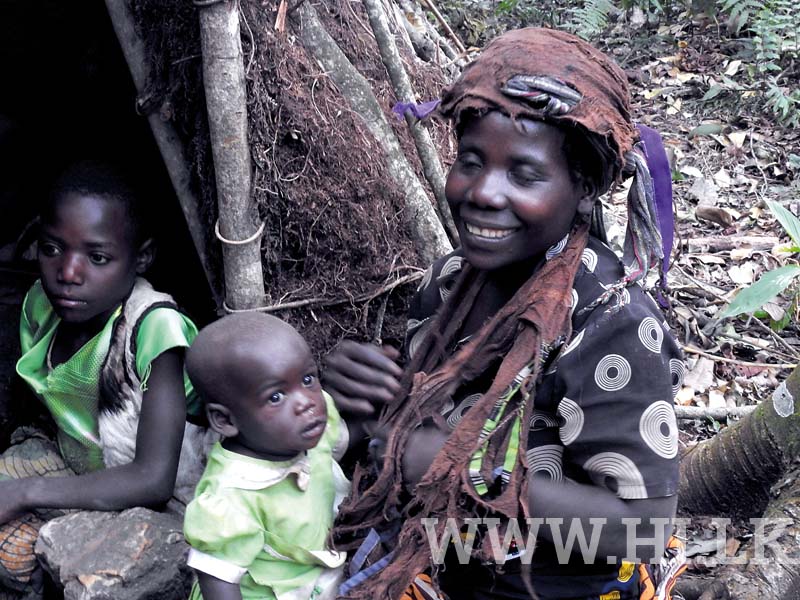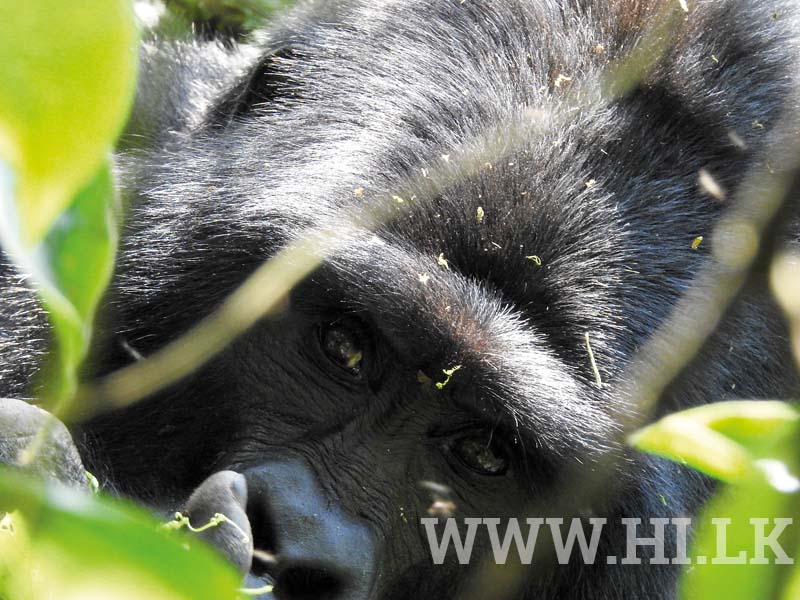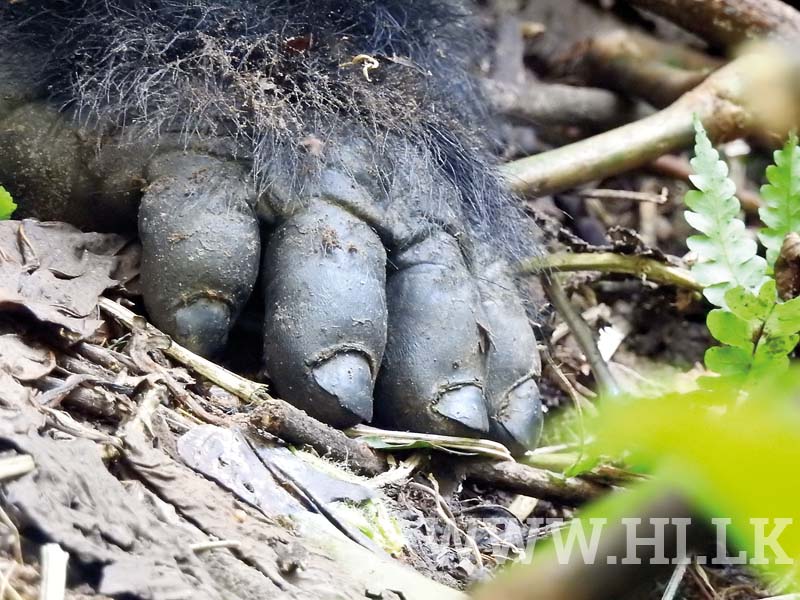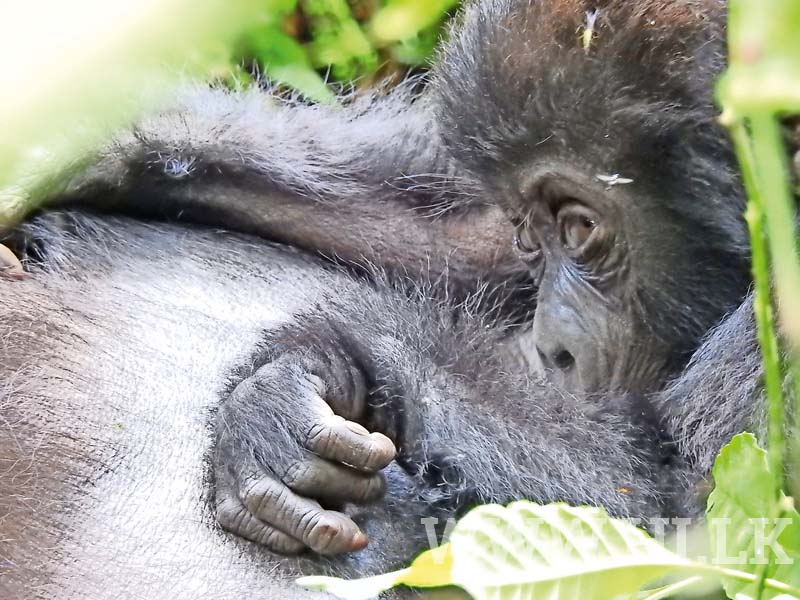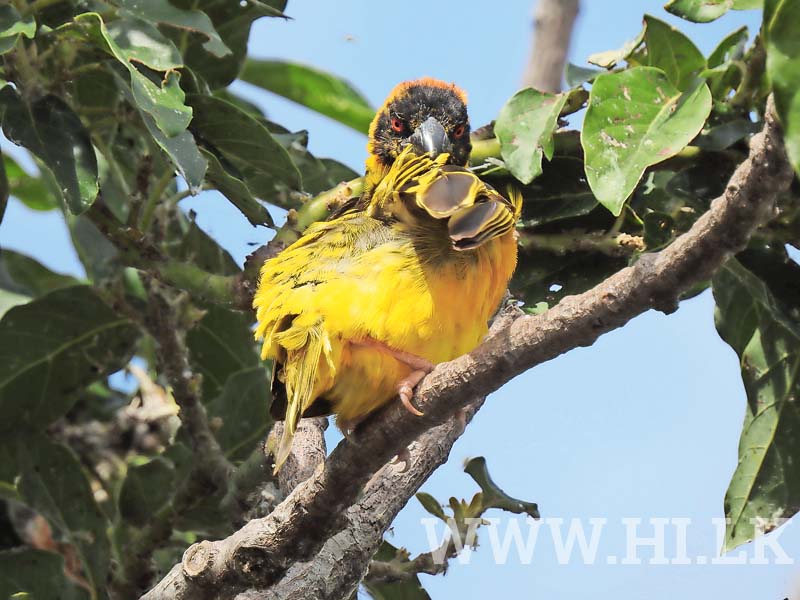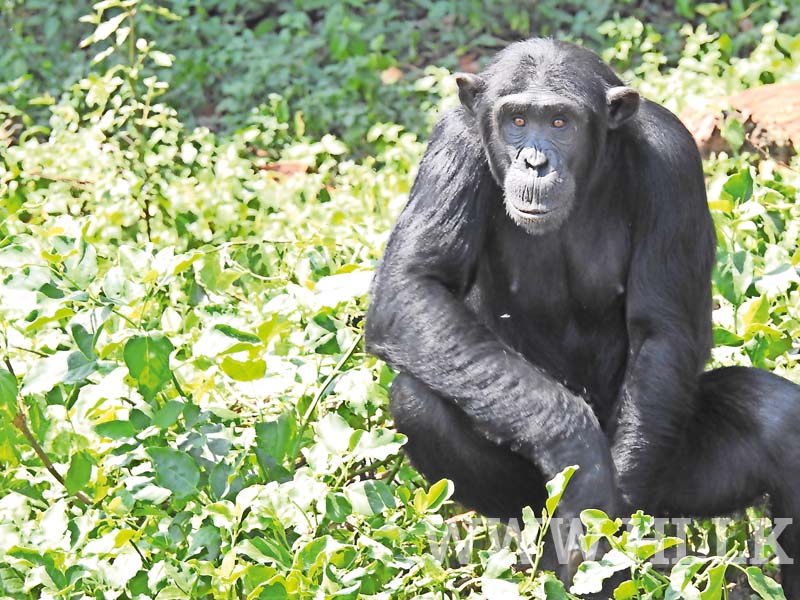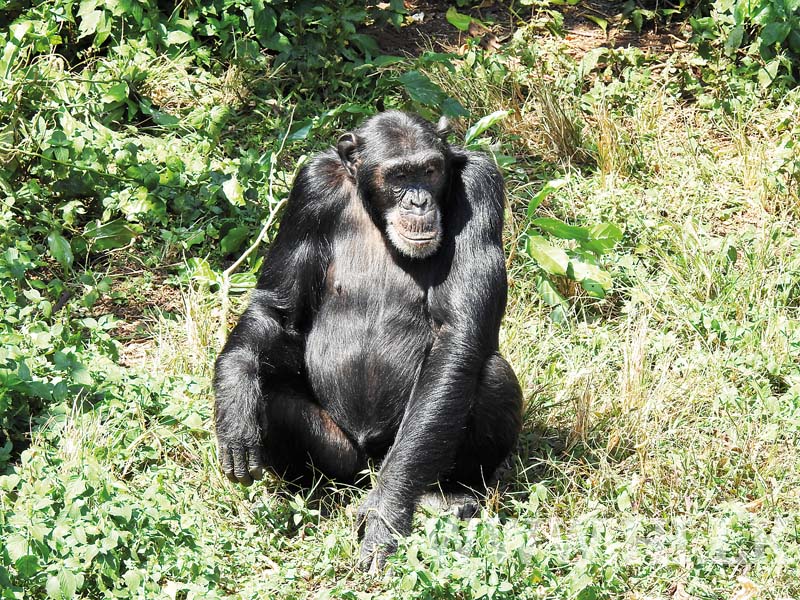We were so in awe - totally oblivious to the little jungle critters buzzing around us. There, a few feet away, was one of the most beautiful creatures on earth - one that shares 98 percent of our DNA - a silver back gorilla - lazily munching on some leaves. Nearby, an adult female was stretched out, with two little ones playing gleefully. Two more were up a tree. What an awesome sight! I was having my Dian Fossey moment! Observing them for over an hour, we didn’t even feel the time pass by. But by the end of it, with a great roar, the silverback made it clear that it was time for us to go. We were in the Bwindi impenetrable forest in Uganda, having come to see one of its major attractions that it shares with its neigbouring countries- Rwanda and the Congo.
The country gives out a restricted number of permits that must be bought months ahead. A group of eight is allocated one gorilla family to track. The trek didn’t come easy. In the Nkuringo area, our gorilla family has decided that day to nest at the bottom of the mountain forests. Gorillas are normadic - in the sense they move from place to place and are usually tracked by rangers on where they were the previous day. We trekked a cool 20 plus kms by foot that day, ascending and descending, which we later learned, was one of the most physically challenging treks in the area. As we approached the dense jungle, the rangers chopped off branches to clear the way for us, after all it was the impenetrable forest. Vines, thorns, muddy slopes, slippery stones, river crossings and itchy plants were all forgotten when we finally saw what we had come to see.
Earlier that day, we tucked our trousers into our long socks to keep the fire ants away. Each one was asked to carry 2.5 litres of water, to wear hiking boots and to take at least 4 porters per group and given big walking sticks to help us in our trek. Hours later, we were climbing back up, so out of breath and so glad to have the porters with us. They helped us carry our stuff and more importantly, helped us – pulling and pushing us when we needed help. At one point some of us even joked about considering taking an African Helicopter - a group of a few locals who would carry you up and down on a stretcher. Gasping for air and taking breaks every 10 minutes, we finally managed to reach the top. Someone had earlier said that the views were breathtaking - we didn’t realize she meant it literally! The experience though, was really great.
The mountain gorillas are endangered and about 1000 remain in the wild today. However, thanks to conservation efforts, this number is happily rising. Uganda’s Wild Life Authority seem to have done a good job in educating people and also seeing that the immediate community benefit from tourism. About half of the gorilla population lives in Uganda - most in the Bwindi forest. Strong but shy, the mountain gorillas will rarely attack, unless threatened. Visitors are allowed over an hour of watching the gorillas and in the impenetrable forest - it is truly like a scene out of Tarzan. Ever since watching Gorillas in the Mist, this has been on my bucket list. It was certainly worth it. A once in a lifetime experience!
Ngamba’s Chimps
Uganda’s beautiful green terraced mountains and its gorillas maybe its main attraction, but Uganda is also one of the few places you can see chimps in the wild. Having done our gorilla trek, and not wanting to do another, we opted to visit the Ngamba Island instead - also known as the chimp island which is home to over 40 rescued chimps. We took a boat across Lake Victoria, crossing the equator to get there. The sanctuary houses 49 chimps that have been rescued across East Africa - victims of poachers and those involved in the illegal pet trade.
The Chimpanzee Sanctuary and Wildlife Conservation Trust (CSWCT) works with the Ugandan government to run the establishment. The organization turned 20 this year. Visitors can closely observe the chimps from a raised platform. During feeding time they patiently wait for the fruits that are thrown their way, some even raising their hands to indicate where it needs to be thrown, others, clapping to get our attention. These chimps cannot be returned to the wild, as chimps are said to be very territorial. Its founding trustees include the Jane Goodall Institute and the Born Free Foundation. The island offers various other activities if you wish to stay overnight.
Uganda’s Other Attractions
Many seem to have a wrong impression of what Uganda is - it’s actually a lovely country with some of the most awesomely nice people you will ever meet on your travels. There is plenty to do too. The country has many other parks such as Queen Elizabeth National Park and Murchison Falls that will offer various other wild life spotting such as hippos and elephants, if you wish to extend your holiday. If you like a bit of culture, take a tour with the pygmies - the Batwa people, who now no longer live in the forests, but re-enact how they lived giving a glimpse of what their lifestyle used to be. Then there is Kampala, crowded but offering some great restaurants and bars with a buzzing nightlife. Uganda is really a lovely holiday destination. Its lovely people and beautiful children, smiling and welcoming you every time you pass a village will certainly leave a lasting impression. English is widely spoken, so no language problem either. From watching the day dawn over its terraced mountains with a hot cup of great Ugandan coffee to seeing its jungles’ amazing inhabitants – this country has much to offer the adventurous traveller.
Know before you go
1. You need to be fit to try out this trek –not recommended for those with knee problems and bad backs.
2. You have to be a minimum 15 years old to be part of the gorilla trek.
3. June to September are considered as the better months for gorilla treks.
4. It is best to book through a travel agent as opposed to trying to book your holiday yourself- mainly due to logistics and the difficulty in obtaining the permits, which are usually booked months in advance.
5. Evenings are generally much cooler in the mountains –so layered clothes are preferred.
6. A gorilla permit is about $600per person.
7. Hiking boots are recommended – we found trainers didn’t grip too well and were constantly slipping and sliding on our particular trek.
8. Needed vaccinations can be got at the MRI in Borella.
9. An African Helicopter is a reference to the locals who will carry you by stretcher. An African massage was a reference to the bumpy ride you will have on your way to Bwindi.
10. Since the distances are vast, small flights – 12 seaters- operate frequently. For this reason luggage is limited to 15 kilos per person in soft bags.
Hiking boots are recommended – we found trainers didn’t grip too well and were constantly slipping and sliding on our particular trek.
Needed vaccinations can be got at the MRI in Borella. An African Helicopter is a reference to the locals who will carry you by stretcher. An African massage was a reference to the bumpy ride you will have on your way to Bwindi.Since the distances are vast, small flights – 12 seaters- operate frequently. For this reason luggage is limited to 15 kilos per person in soft bags.
Since the distances are vast, small flights – 12 seaters- operate frequently. For this reason luggage is limited to 15 kilos per person in soft bags.
